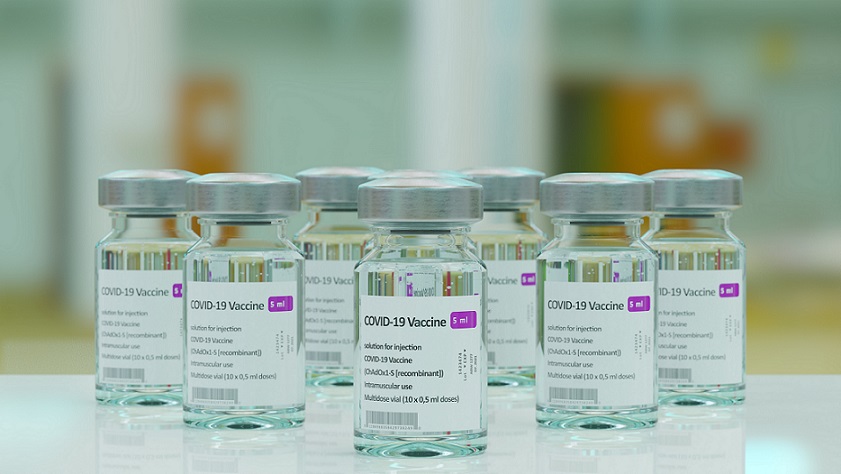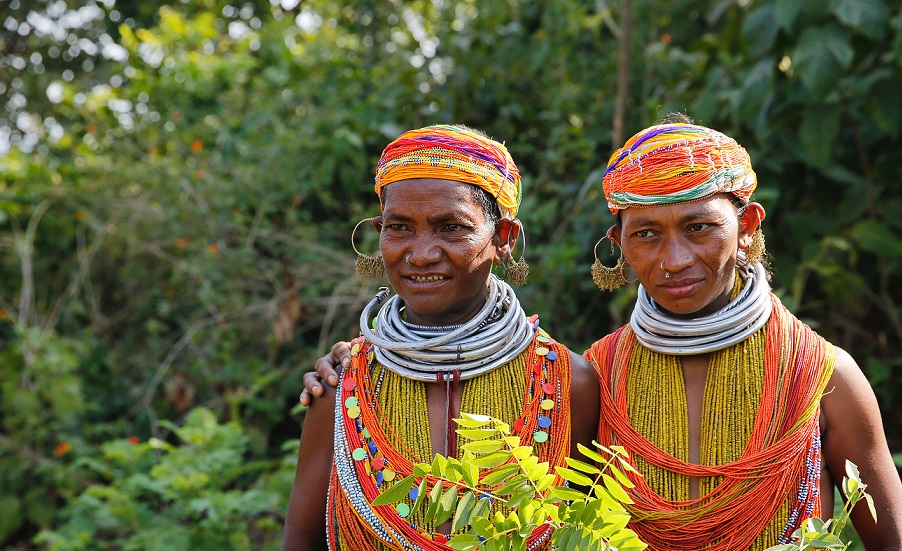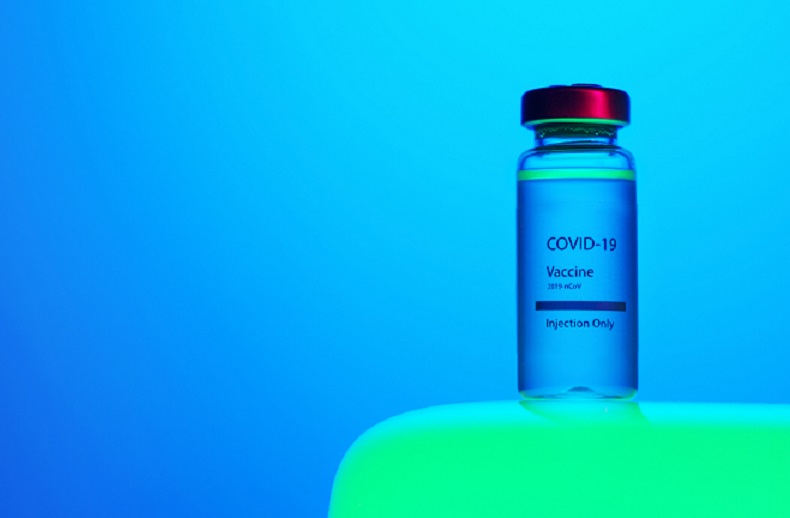At a time when the world is busy addressing logistical and technical hurdles surrounding vaccine development, it should not be the case that something as avoidable as skepticism ends up being another nail in the coffin of mass immunization

The Policy Monitor

At a time when the world is busy addressing logistical and technical hurdles surrounding vaccine development, it should not be the case that something as avoidable as skepticism ends up being another nail in the coffin of mass immunization

Odisha with its all-round preparation and fight against COVID has seen positive results. The second Covid-19 wave has been now under control in Odisha with cases declining by 0.5- 1% daily. For every 1 lakh population around 28,500 have been tested. The recovery ratio has reached a high of 92%.

While it might be nearly impossible for the vaccine shortage to end in the near term, being smart and strategic about the existing stock can reduce mortality and other complications while facilitating the functioning of the economy thereby saving occupations and livelihoods.

The IPR waiver would allow all countries to choose to neither grant nor enforce patents and other IPRs related to COVID-19 drugs, vaccines, diagnostics and other technologies for the duration of the pandemic until global herd immunity is achieved. This move harkens back 20 years to the HIV/AIDS epidemic, when affordable generic HIV drugs, made in countries where patents did not block production, began saving millions of people’s lives.

The challenge in India is to deliver a high volume of quality medical services at affordable low costs requiring breakthrough in healthcare delivery.

At the stroke of the midnight hour, when the world is grimly awoken with the stark realities of the COVID-19 pandemic, India’s 130 crore people will have made their tryst with a nationwide lockdown that will last for 21-days. How does India’s economic misconduct continue to afflict and fragment society?

Perspective of a Health Activist on the Niti Aayog’s scheme to link new and existing private medical colleges with functional district hospitals and the related ‘Concession Agreement Guiding Principles for Setting up Medical Colleges through PPP’.

The immediate need is to prioritize high-impact and cost-effective interventions at India’s current stage of development — such as finishing the agenda on infectious diseases, which the government should fund fully. The Health & Wellness Centres — with their promise of comprehensive primary care — has to be accorded top most priority.

Singapore spends only 4% of its GDP on healthcare but sets-up world-class medical institutions spending 70 % less than Canada and 50% less than the United States. Innovative cost-saving features and health savings have conveyed the small island’s motto of good governance.

Health is understood as a subject of ‘Market Failure’. But because it is the subject of social welfare there is need of an intermediary mechanism for active intervention. One such important mechanism would be regulation.